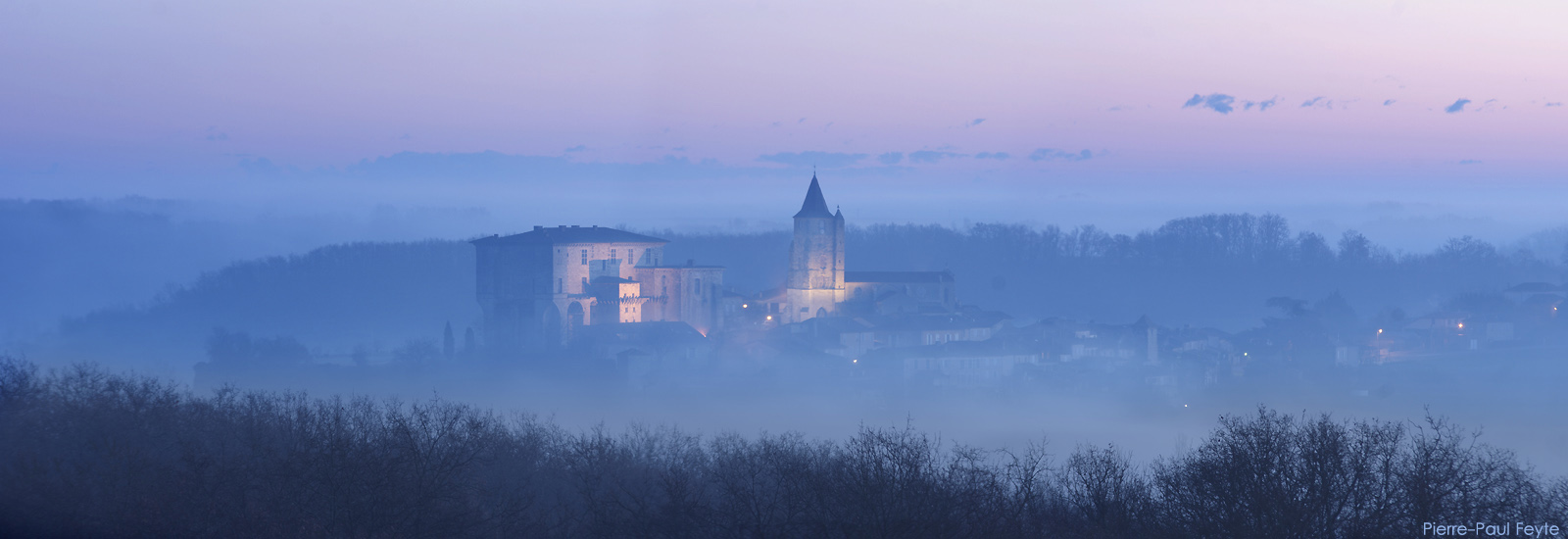From the beginning of his personal reign, Louis XIV pursued a grand political vision involving wars of conquest. He sought glory on the battlefield and to assert France’s power over its European neighbors.
After an initial campaign in the winter of 1665, the King launched his first war: the War of Devolution. Though his swift victories in the Spanish Netherlands and Franche-Comté must have pleased him, Louis XIV sought a more spectacular war. Thus, with patience and care he and his ministers prepared the Franco-Dutch War over four years. Their enemy was identified: the Protestant and commercially powerful Dutch Republic.
In 1672 the French army, commanded by Turenne and Condé and accompanied by Louis XIV himself, invaded the Dutch Republic. The Rhine was crossed and Dutch cities fell rapidly and with little resistance. The goal was Amsterdam, but the Dutch flooded the countryside by breaking the dykes. Despite a musketeer attempt to prevent this, land access was cut off, thereby halting the campaign. Louis XIV returned to France, acknowledging the setback.
For the 1673 campaign the King focused on the most formidable fortress in Europe, avoided the previous year: Maastricht. Vauban was charged with conducting the sieg and applying his expertise. Louis XIV arrived at the city on June 10, whereupon work began immediately on establishing a large defensive perimeter. Once this was done the besiegers began to dig approach trenches on the night of June 17-18. To avoid direct fire the trenches zigzagged, reaching 30 meters from the outer fortifications of the Tongres Gate by June 24.
The first attack took place on the night of June 24-25, led by musketeers commanded in part by d’Artagnan, then maréchal de camp of the day, along with grenadiers targeting the advanced demi-lune. Fierce fighting ensued, with strong Dutch resistance, yet between 4 and 5 a.m. the musketeers secured the position, where they were relieved between 6 and 7 a.m. by the French Guards.
The Final Assault
On Sunday 25 June 1673 the weather was hot and heavy. Around noon the Dutch launched a counterattack. Surprised, the French Guards began to retreat. From his camp d’Artagnan heard a gunshot and, to prevent the loss of the demi-lune, rushed back into combat. The 24-year-old Duke of Monmouth, illegitimate son of King Charles II of England, led a small detachment of English soldiers attached to the French army as lieutenant of the day. Inexperienced, Monmouth charged openly under enemy fire, ignoring d’Artagnan’s advice to use the less exposed trench. He charged directly at a barricade built that morning by the French.
Honorable as ever, d’Artagnan followed, crossing the barricade through a narrow passage where he was struck in the head by a musket ball.
With Monmouth, the musketeers renewed their assault, pushed back the Dutch, and secured control of the demi-lune despite heavy losses. After another French assault on the night of June 27-28, led by the second company of musketeers, the Dutch surrendered on June 30.
Several musketeers tried to recover d’Artagnan’s body under fire; four died before Saint-Léger, the company’s maréchal des logis, succeeded. Louis XIV rewarded him with 30,000 livres. The King held a mass in d’Artagnan’s memory; his body was watched over by his two cousins and buried in an unknown location.
D’Artagnan was mourned by both his men and by the King. Pelisson, the King’s historian, wrote: “One cannot express how deeply he was regretted by everyone, especially the King, who spoke of him many times with great esteem and sorrow.” Pierre Quarré d’Aligny, wounded during the demi-lune assault, wrote: “If one could die of grief, I truly would be dead. Had we not laboured at that cursed barrier, he would still be alive.”
D’Artagnan’s death marked the beginning of an unparalleled legend, crossing time and borders. His name, synonymous with panache and bravery, remains an enduring inspiration.





 dernier accès à la billetterie 1 heure avant la fermeture (afin de vous laisser un temps de visite confortable).
dernier accès à la billetterie 1 heure avant la fermeture (afin de vous laisser un temps de visite confortable).